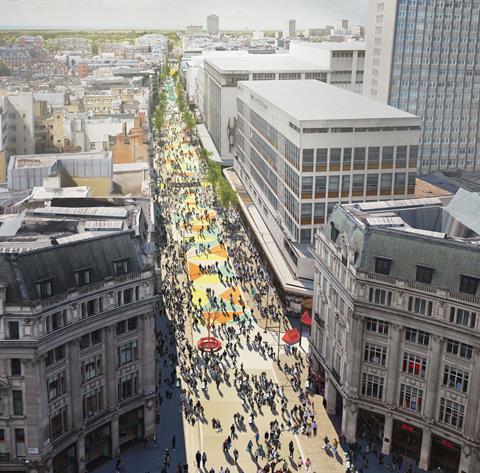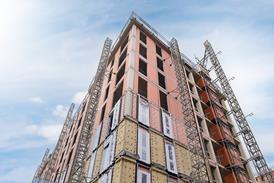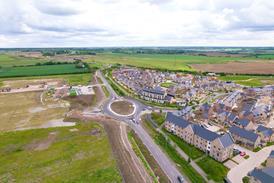Almost a mile of shopping street to be closed to traffic with specialists brought in from similar overseas schemes to advise on project

City Hall has appointed Hawkins Brown and East as lead architects on a “transformative” scheme to pedestrianise part of Oxford Street in central London.
Publica, the urban design practice which worked on a previous £90m plan for the street for Westminster council, and landscape practices Aspect Studio and J&L Gibbons have also landed roles on the job.
Unveiled by the capital’s mayor Sadiq Khan in September last year, the scheme aims to make the often overcrowded street a more welcoming place for shoppers and pedestrians and has been partly inspired by the regeneration of Times Square in New York.
Khan is working with the government to set up a Mayoral Development Corporation (MDC) to deliver the scheme. He has asked communities secretary Steve Reed to create the body and says it will be formally established by 1 January next year.
East will work on the first phases of the scheme, which would pedestrianise an almost mile-long stretch of road between Orchard Street in the west, across Oxford Circus and up to Great Portland Street in the east.
Further details of this part of the scheme will be revealed later this year in a public consultation.
Hawkins Brown will work on a concept design for the full length of the street from Marble Arch to Tottenham Court Road, bringing experience from recent central London regeneration projects including the transformation of Smithfield in the City of London.
While both practices were appointed through the mayor’s Architecture and Urbanism framework, they will bring in specialist experts who have worked on similar schemes overseas including the Times Square project.
One of these subconsultants will be Copenhagen-based Gehl Architects, which worked on schemes including Times Square and George Street in Sydney.
A consultation on the MDC was held in spring last year and backed by Camden’s council leader Richard Olszewski.
As well as planning powers, the proposals would see the GLA take responsibility for the road itself and retain the neighbourhood portion of the Community Infrastructure Levy for developments within the designated area.
The MDC would be controlled by a board of up to 13 members including an independent chair appointed by the mayor and representatives from each of the two councils.
The London Assembly has the power to veto the designation of a Mayoral Development Area with a two-thirds majority vote, although this would require some of the mayor’s own party to support the veto.



























No comments yet